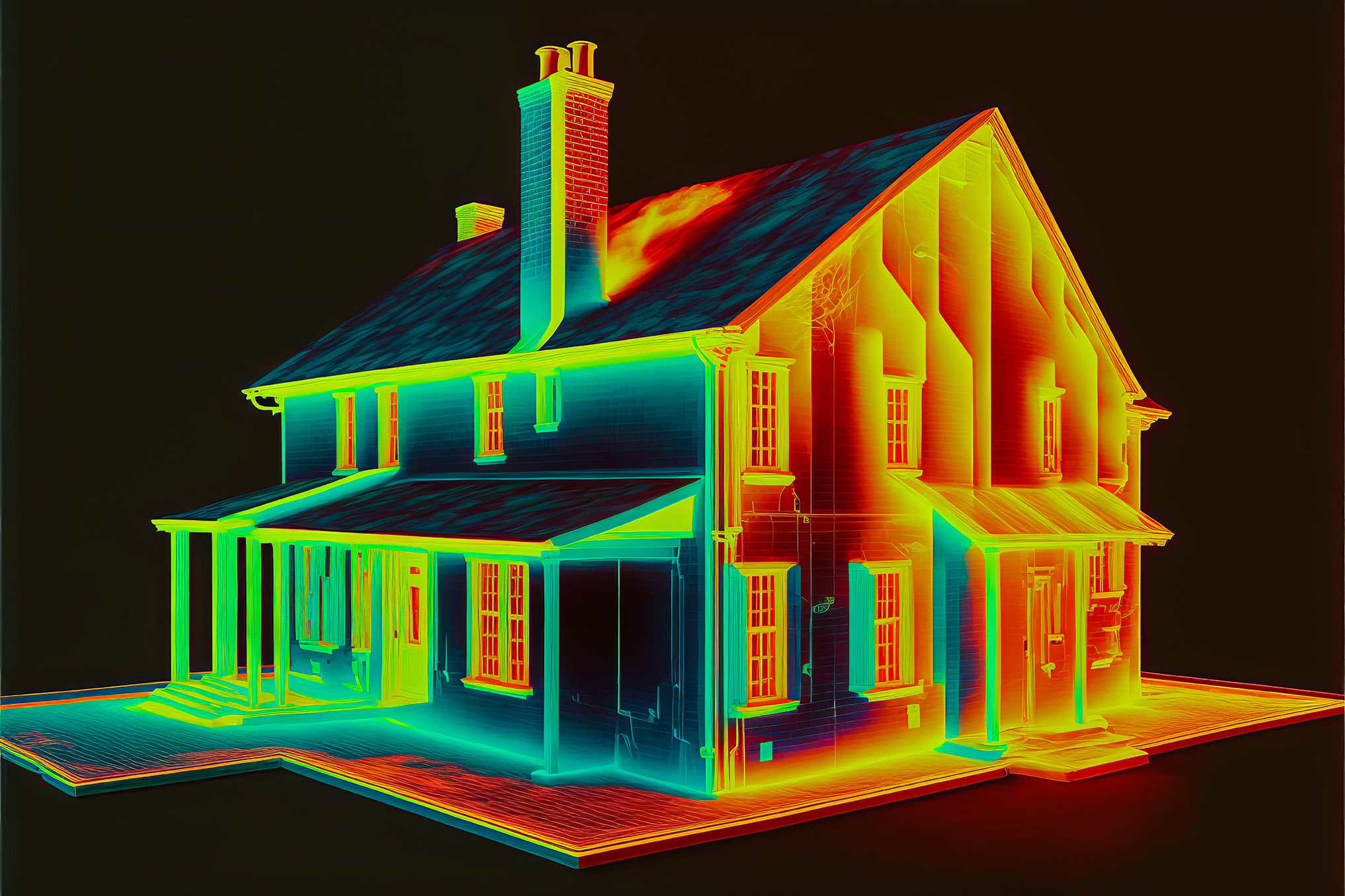At DRAW, when we think about sustainability, we strive to achieve a balance between optimizing building energy efficiency and maintaining a low carbon footprint.
Recently, it can be observed that sustainable architecture practice is focusing on high-performance buildings that pack a lot of insulation in their wall and roof assemblies. Although this practice results in higher energy efficiency by further isolating the interior environment from the exterior, the larger quantity of insulation material results in the building having a very high carbon footprint. For example, a building with R-35 walls (approximately 10 inches of insulation) and an R-60 roof (approximately 16 inches of insulation) in Kansas City will perform well; however, it will have a very high carbon footprint.
So how do you deal with this dilemma? At DRAW, we practice rightsizing to achieve sustainable and high-efficiency buildings while achieving a lower carbon footprint based on what’s necessary for thermal comfort.
Rightsizing can be simply explained as the optimization of construction assemblies and insulation. When applying this concept, the first step is always dematerialization. By analyzing and optimizing wall and roof assemblies in a way so there is no unwanted or excessive material in the assembly, you can achieve an equal or higher performing assembly in less space. If one product can perform the role of two within the assembly, then a material can be eliminated, reducing both the depth of the construction and its carbon footprint. Another aspect of rightsizing is analyzing and using insulation with the optimum R-value for the proper assembly. This aspect is an important step since insulation has a higher impact on carbon footprint, and any downsizing will aid in reducing the overall carbon footprint of wall and roof assemblies.
Per the graph below, it can be observed that the insulation performance for a wall assembly doesn’t show any significant performance change beyond R-26. Similar to the insulation in wall assemblies, roof insulation performance doesn’t show any significant performance change after R-45; however, KCMO building codes require insulation to be R-49.
 .
. 
The environmental impact of using extra, unnecessary insulation is significant. According to the study by Green Building Advisor [1], every 1” of XPS, spray polyurethane foam, and mineral wool insulation embodies 46.51 kgCO2e/m2., 14.86 kgCO2e/m2, and 4.06 kgCO2e/m2, respectively. This signifies that choosing the correct type of insulation, which has a lower carbon footprint, is also as important as right-sizing.
Rightsizing assemblies and insulation reduce a lot of the building’s embodied carbon footprint that would otherwise be larger without implementing those steps. Additionally, specifying continuous insulation in wall assemblies instead of insulation only in between studs achieves a tighter building envelope, leading to higher energy efficiency. Lastly, along with rightsizing insulation, replacing common insulation types with insulation that has a lower GWP (global warming potential) reduces the overall carbon footprint further.
Rightsizing and construction optimization lead to a positive impact on a project’s carbon footprint and cost, ensuring sustainability goals are achieved without negatively affecting its energy efficiency.
[1] Just, Brian. “Choosing Low-Carbon Insulation.” Green Building Advisor. June 16, 2021.




